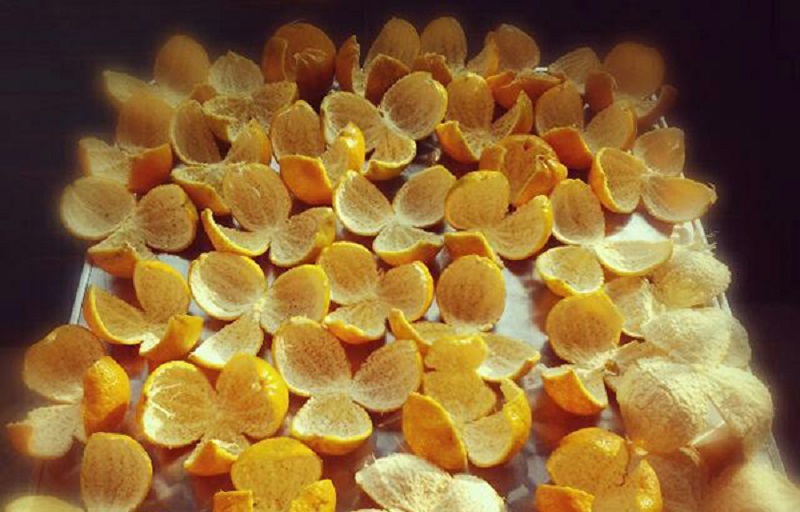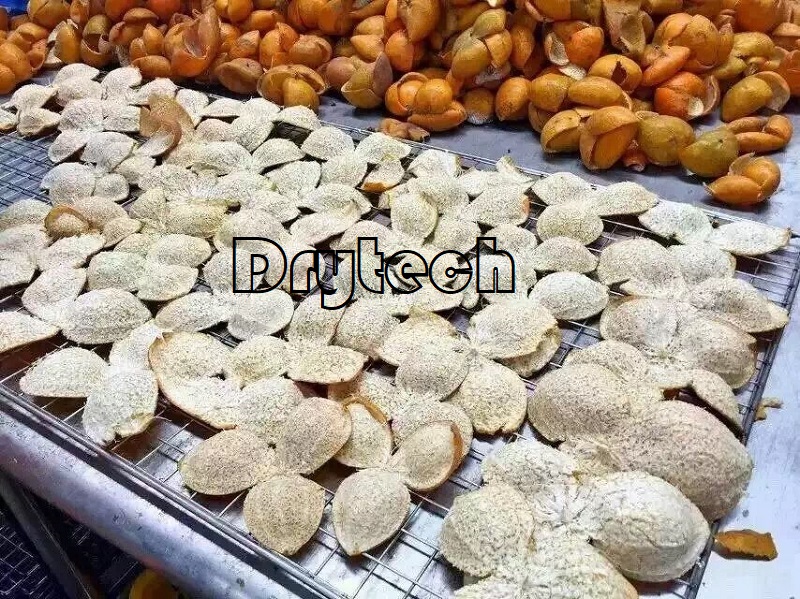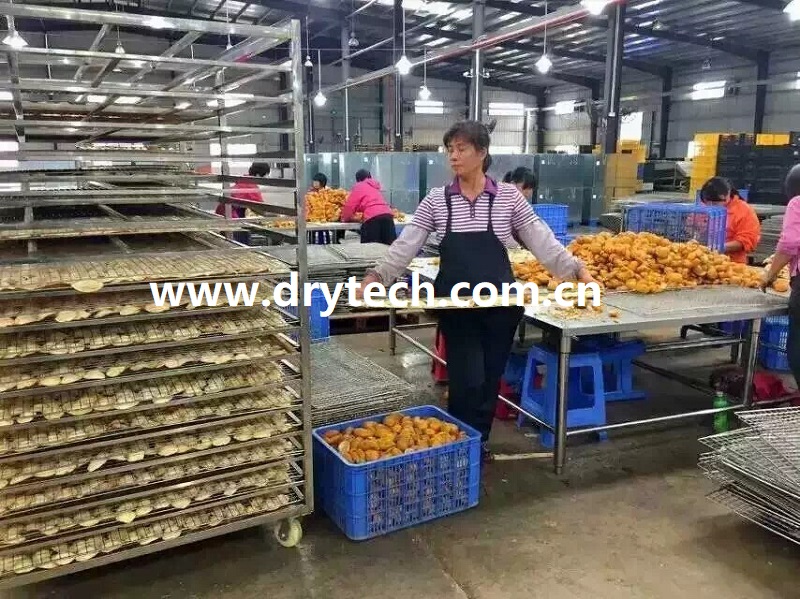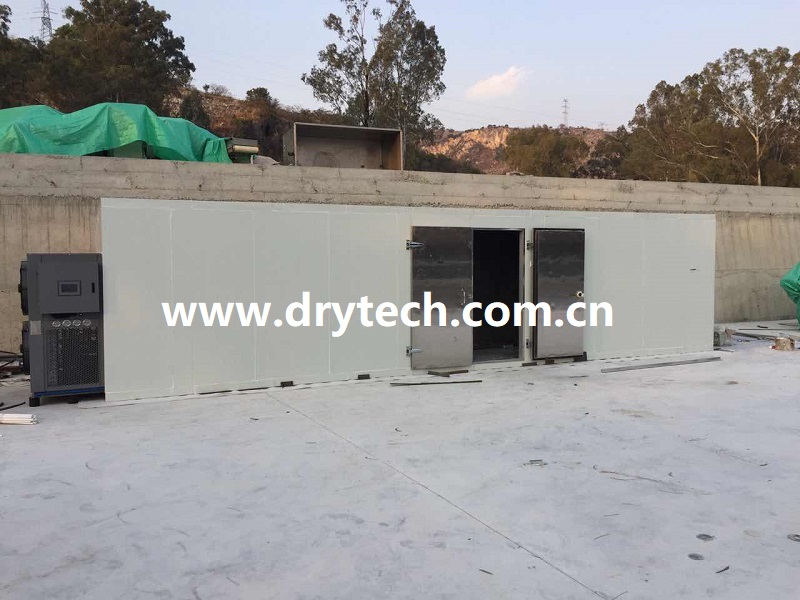Drytech Dryer use for Drying Dried orange peel

The drying process is a bottleneck challenging the current Orange peel market. Yield of Orange peel has not been maximized yet. In recent years, the government has prohibited to fire coal and boilers, greatly restricting development of Orange peel manufacturers and increasingly magnifying drying-related problems. Guangzhou Kaineng Electric Equipment Co., Ltd. has developed the drying equipment integrating drying, moisture removal of, fresh air supply, cooling, and accurate control over multi-level temperatures and humanity to satisfy customers’ demands on Orange peel. Not only the entire drying process is unmanned, energy-efficient, environmental, and time and cost-reducing, but also the dried Orange peel is lustrous and looks nice. It has completely resolved some problems remaining in the traditional drying process for a long time.

How to dry Orange peel with DRYTECH dryer
Select and accept fresh fruits, peel off skins, dry them soft, turn over and shape them, dry them up at constant temperature, and pack up Orange peel for storage.
Select and accept fresh fruits: select and use Xinhui oranges, which have no scabs, are not damaged by diseases and insects and lustrous and high-quality.
Get skins from fresh fruits: use a sharp knife to cut the oranges into three unseparated equal pieces on a vertical basis, and then separate pulp from skins;
Dry skins soft: put skins on a self-made square rack, put the rack in the cabinet and dry them soft at lower temperature for one hour.
Turn over and shape skins: take the rack out of the cabinet, and turn skins over (Don’t break the skins and keep them perfectly for the higher rate of finished products);
Dry skins up at constant temperature: put the square rack where the skins have been turned over back to the cabinet. Set the working temperature at 45°C. After 7 hours of drying at the set temperature, extract Orange peel samples for weigh. Orange peel is 25% of its fresh skin by weight and its moisture content is15%. In the drying process, make sure the skins are heated evenly and racks shall be moved each two hours on an up-to-down, front-to-back and opposite-angle basis.





